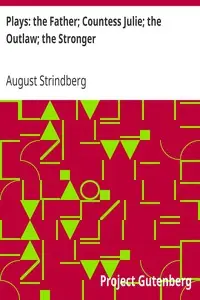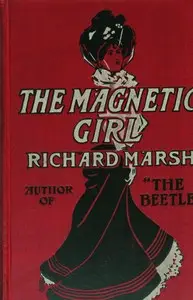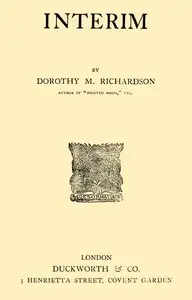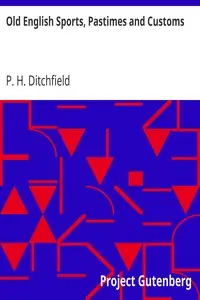"The Son of a Servant" by August Strindberg is an autobiographical exploration of a young boy's challenging upbringing in 19th-century Sweden. The story revolves around John, a sensitive child born to a shipping agent and a former servant, and his tumultuous journey through a childhood overshadowed by fear, deprivation, and strict social divisions. The story vividly portrays John's efforts to deal with the complicated dynamics of his family's life as he copes with feelings of unworthiness and struggles against the constraints imposed by his origins and chaotic home environment. Through vivid storytelling, Strindberg creates a striking image of John's early years, revealing his evolving identity and his fight to transcend the limitations placed on him by his family and community.

The Son of a Servant
By August Strindberg
Born into hardship, a young boy confronts the harsh realities of family and society as he navigates a world of fear and inequality.
Summary
About the AuthorJohan August Strindberg was a Swedish playwright, novelist, poet, essayist, and painter. A prolific writer who often drew directly on his personal experience, Strindberg wrote more than 60 plays and more than 30 works of fiction, autobiography, history, cultural analysis, and politics during his career, which spanned four decades. A bold experimenter and iconoclast throughout his life, he explored a wide range of dramatic methods and purposes, from naturalistic tragedy, monodrama, and historical plays to his anticipations of expressionist and surrealist dramatic techniques. From his earliest work, Strindberg developed innovative forms of dramatic action, language, and visual composition. He is considered the "father" of modern Swedish literature and his The Red Room (1879) has frequently been described as the first modern Swedish novel. In Sweden, Strindberg is known as an essayist, painter, poet, and especially novelist and playwright, but in other countries he is known mostly as a playwright.
Johan August Strindberg was a Swedish playwright, novelist, poet, essayist, and painter. A prolific writer who often drew directly on his personal experience, Strindberg wrote more than 60 plays and more than 30 works of fiction, autobiography, history, cultural analysis, and politics during his career, which spanned four decades. A bold experimenter and iconoclast throughout his life, he explored a wide range of dramatic methods and purposes, from naturalistic tragedy, monodrama, and historical plays to his anticipations of expressionist and surrealist dramatic techniques. From his earliest work, Strindberg developed innovative forms of dramatic action, language, and visual composition. He is considered the "father" of modern Swedish literature and his The Red Room (1879) has frequently been described as the first modern Swedish novel. In Sweden, Strindberg is known as an essayist, painter, poet, and especially novelist and playwright, but in other countries he is known mostly as a playwright.

















